Rising Environmental Concerns
Environmental concerns regarding the improper disposal of electronic waste are becoming increasingly prominent in India. The hazardous materials found in e-waste, such as lead, mercury, and cadmium, pose significant risks to both human health and the environment. As awareness of these issues grows, there is a corresponding increase in demand for responsible recycling practices. In 2025, it is anticipated that approximately 70% of consumers will prefer products from companies that demonstrate a commitment to sustainable practices, including e-waste recycling. This shift in consumer behavior is likely to drive the electronic waste-recycling market, as businesses adapt to meet these expectations. Moreover, the potential for environmental degradation and the need for compliance with environmental regulations further emphasize the importance of effective e-waste management solutions.
Government Initiatives and Policies
The Indian government has been actively promoting initiatives aimed at enhancing the electronic waste-recycling market. Policies such as the E-Waste Management Rules, which were implemented to regulate e-waste disposal and recycling, are pivotal in shaping the industry landscape. These regulations mandate producers to take responsibility for the end-of-life management of their products, thereby fostering a circular economy. As of 2025, compliance with these regulations is expected to increase, leading to a projected growth of 15% in the recycling sector. Furthermore, government incentives for recycling facilities and public awareness campaigns are likely to bolster participation in e-waste recycling programs. This supportive regulatory environment is crucial for the electronic waste-recycling market, as it encourages investment and innovation in sustainable recycling technologies.
Growing Urbanization and E-Waste Generation
The rapid urbanization in India is contributing to an increase in electronic waste generation. As urban populations expand, the demand for electronic devices rises, leading to higher e-waste volumes. In 2025, it is estimated that India will generate approximately 3.2 million tonnes of e-waste, a significant increase from previous years. This surge in e-waste necessitates effective recycling solutions, thereby driving the electronic waste-recycling market. Urban centers, with their dense populations and high consumption rates, are particularly critical in this context. The need for sustainable waste management practices is becoming increasingly apparent, as improper disposal can lead to environmental degradation and health hazards. Consequently, The electronic waste-recycling market is poised for growth. Stakeholders seek to address these challenges through innovative recycling methods and infrastructure development.
Technological Innovations in Recycling Processes
Technological advancements in recycling processes are playing a crucial role in enhancing the efficiency and effectiveness of the electronic waste-recycling market. Innovations such as automated sorting systems, advanced shredding techniques, and hydrometallurgical processes are improving recovery rates of valuable materials from e-waste. In 2025, it is projected that these technologies could increase material recovery rates by up to 30%, making recycling more economically viable. Additionally, the integration of artificial intelligence and machine learning in recycling operations is expected to optimize processes and reduce operational costs. As these technologies become more accessible, they are likely to attract investment and drive growth in the electronic waste-recycling market, enabling stakeholders to better manage the increasing volumes of e-waste generated in India.
Corporate Social Responsibility and Sustainability Initiatives
Corporate social responsibility (CSR) initiatives are increasingly influencing the electronic waste-recycling market in India. Companies are recognizing the importance of sustainable practices and are actively engaging in e-waste recycling programs as part of their CSR strategies. By promoting responsible recycling, businesses not only enhance their brand image but also contribute to environmental sustainability. In 2025, it is estimated that around 60% of major corporations will implement e-waste recycling initiatives, reflecting a growing commitment to sustainability. This trend is likely to create partnerships between corporations and recycling firms, fostering innovation and improving recycling infrastructure. As a result, the electronic waste-recycling market is expected to benefit from increased collaboration and investment, ultimately leading to more effective e-waste management solutions.

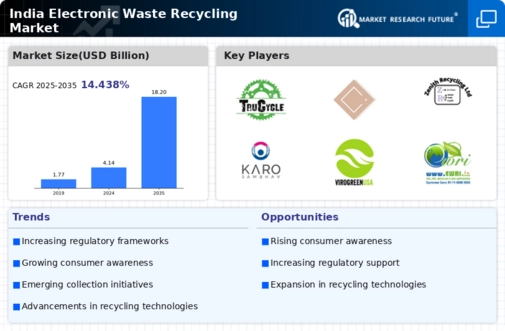
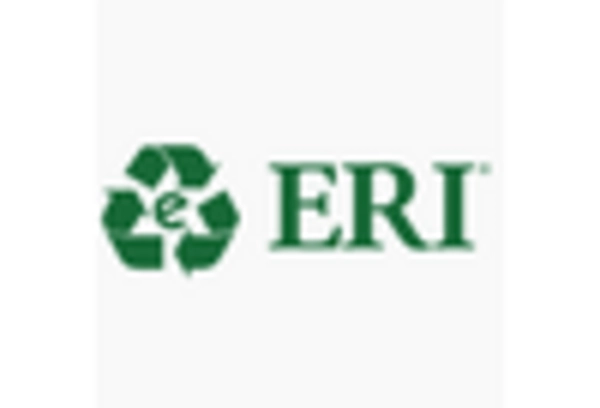
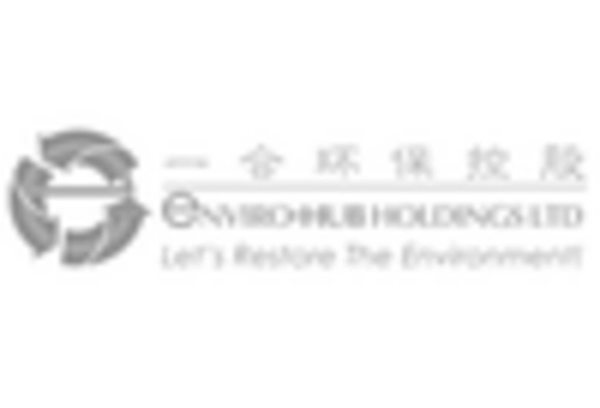

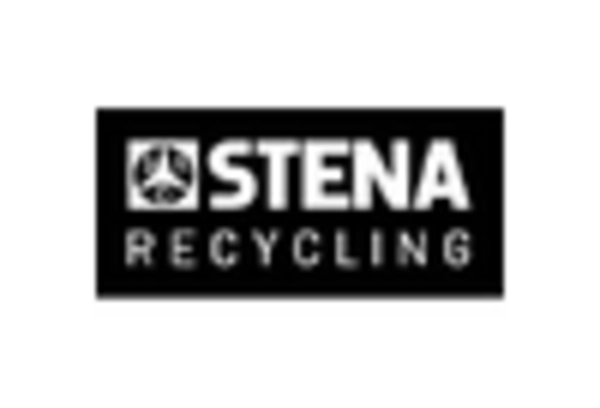
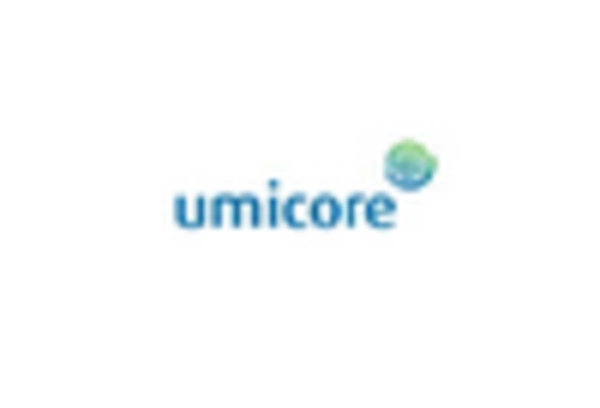









Leave a Comment